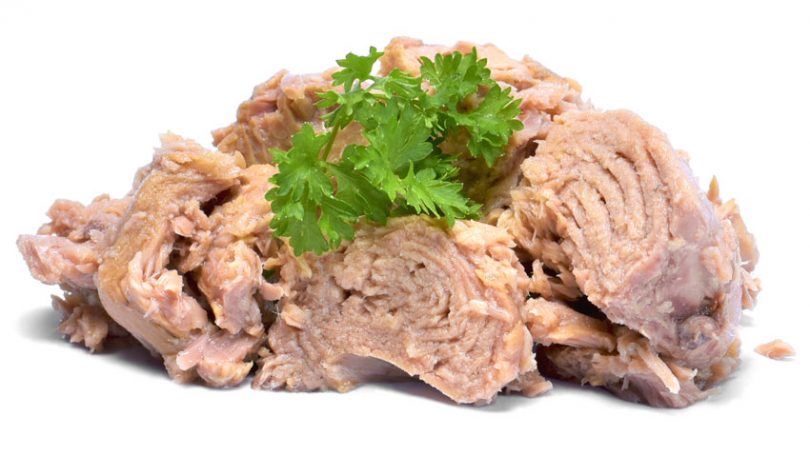Today at the SXSW conference in Austin Texas, Bumble Bee Foods, one of the largest seafood brands in the U.S. announced it has gone live on the SAP blockchain. The solution enables consumers to scan a QR code on yellowfin tuna packaging and trace the food from the Indonesian ocean to the dinner table.
Information shared includes how big the catch was, when it was captured, and a little about the fishermen. Other data includes fair trade fishing certification, sustainability, safety and freshness. Fairtrade ensures fair wages and safe working conditions. And sustainability is measured by logging how many fish were purchased by landing site.
A recent Globescan survey found that 70% of seafood consumers say that they would like to hear more from companies about the sustainability of their seafood. And the same proportion are willing to switch to another type of fish if it’s more sustainable.
“With SAP, we have the ability to track fish the moment it’s caught and as it travels around the world, telling the story of each tuna while positively impacting ecosystems and the lives of the people all the way down the line,” Bumble Bee Foods Chief Information Officer Tony Costa said.
“Bumble Bee has long been an industry leader in tracing its seafood products, and the addition of SAP’s blockchain technology allows us to further elevate our efforts in complete transparency with consumers and customers, providing assurance that their fish is fresh and it’s been sourced fairly according to our commitments to the International Seafood Sustainability Foundation.”
Costa visited one of the Indonesian villages where the fish is sourced. “When the fishermen return with their catch, the village comes out to celebrate. The fish are taken to the local buying post, where the blockchain begins.”
“It creates transparency and traceability across the food supply chain, from the ocean, across the cold chain, to the warehouse, store and our table,” commented Oliver Betz, global head and SVP of SAP Innovative Business Solutions.
This is the first major food company to use SAP’s blockchain technology in production. Earlier today we published a story about French popcorn producer Nataïs which worked with a SAP partner for food traceability. SAP also recently went live with its pharmaceutical supply chain blockchain.
Both the Bumble Bee Foods and the pharma blockchains use MultiChain technology. Last year we spoke to SAP’s Raimund Gross about MultiChain which is based on Bitcoin code without the power thirsty aspect. SAP adopted MultiChain because it’s based on Bitcoin’s proven technology, it’s relatively simple to implement, and they share the same vision for blockchain with MultiChain CEO Gideon Greenspan.
“Everything he [Greenspan] writes is so spot on. In the way they think about where this is going we are so much aligned, without even talking about alignment,” commented Gross.
There are numerous blockchain food traceability projects, including some related to fish. Three months ago Swiss food company Gustav Gerig announced it was using the blockchain from Pacifical which traces sustainable tuna from eight countries in the Western and Central Pacific Ocean.
On March 26-27 2019 Hanson Wade are running a conference, Blockchain for the Food & Beverage Supply Chain in San Francisco. Ledger Insights is a media partner.







